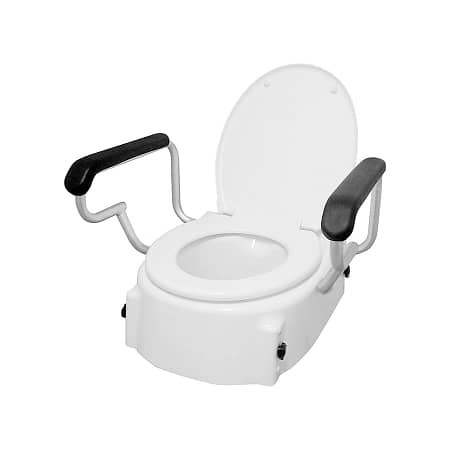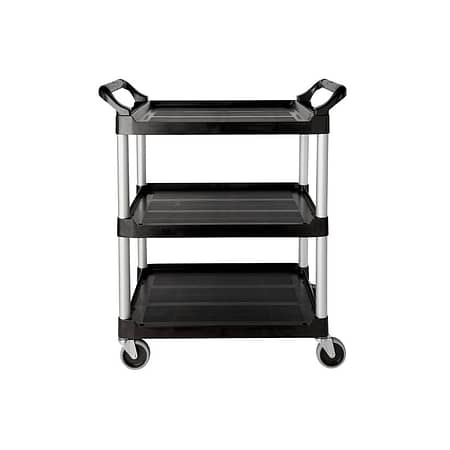Are there portable medical devices available for home use that allow patients to monitor and manage chronic conditions like diabetes or hypertension?
Understanding Chronic Conditions
Managing chronic conditions such as diabetes and hypertension requires an understanding of the nature of these diseases and the challenges they present. Chronic diseases are long-term health conditions that often require ongoing medical attention and can significantly impact a person’s quality of life. Effective management of conditions like diabetes and hypertension hinges on regular monitoring and lifestyle adjustments.
Regularly checking blood sugar levels for diabetes and blood pressure for hypertension is crucial in preventing complications and achieving optimal health outcomes. Additionally, lifestyle adjustments, including diet, exercise, and medication adherence, play a pivotal role in controlling these chronic conditions. Understanding these aspects is essential for patients and caregivers to navigate the complexities of chronic disease management effectively.
The Role of Portable Medical Devices in Home Care
Managing chronic conditions like diabetes and hypertension effectively often requires frequent monitoring, which can be cumbersome with traditional healthcare visits. Portable medical devices for home use have revolutionized the way individuals manage these conditions, offering both convenience and improved health outcomes.
Benefits of Home Monitoring
Home monitoring using portable medical devices significantly enhances the management of chronic conditions by allowing patients to keep track of their health metrics in real time. This real-time data collection facilitates timely adjustments in treatment plans, potentially reducing the risk of complications and hospital visits. For individuals with diabetes or hypertension, the ability to monitor glucose levels or blood pressure at home empowers them to make immediate lifestyle or dietary adjustments, fostering a proactive approach to disease management.
Types of Portable Medical Devices
For diabetes management, portable devices include traditional blood glucose meters and continuous glucose monitoring systems (CGMS), which provide ongoing insight into glucose levels throughout the day. Hypertension management is facilitated by digital blood pressure monitors and wearable blood pressure devices, offering easy and accurate measurements. These portable devices not only support regular monitoring but also help in recording data that can be shared with healthcare providers, enabling a more collaborative and informed approach to chronic disease management.

Portable Medical Devices for Hypertension Management
Advancements in medical technology have introduced a variety of portable medical devices designed for home use, making the monitoring of blood pressure more accessible and convenient than ever before.
Digital Blood Pressure Monitors
Digital blood pressure monitors have become a staple in home healthcare, offering users an easy and accurate means to check their blood pressure. These devices come in various forms, including arm cuffs and wrist monitors, each with its own set of advantages.
- Arm Cuff Monitors: Known for their accuracy, these are similar to the ones used in medical offices. They are suitable for regular home monitoring.
- Wrist Monitors: Compact and convenient, wrist monitors are great for travel. However, they may require more precise positioning to ensure accurate readings.
When choosing a digital blood pressure monitor, it’s essential to consider factors such as ease of use, display size, and the ability to store readings over time. Ensuring the device is clinically validated for accuracy is also crucial.
Wearable Blood Pressure Monitors
Wearable blood pressure monitors represent the cutting edge of hypertension management technology. These devices blend seamlessly into daily life, allowing for continuous monitoring without interrupting the user’s day-to-day activities.
- Smartwatch Monitors: Integrated into some smartwatches, these monitors provide periodic blood pressure readings alongside other health metrics.
- Specialized Wearables: Devices designed solely for blood pressure monitoring, often worn on the wrist or arm, offering real-time data and alerts.
The key benefits of wearable monitors include the ability to track trends over time and the potential to alert users to sudden changes in their blood pressure that may require immediate attention. This continuous monitoring can significantly improve the management of hypertension, empowering individuals to make informed health decisions.
Integrating Portable Devices into Daily Life
Best Practices for Monitoring at Home
Consistent and accurate monitoring at home is achievable with a few key practices:
- Regular Timing: Measure your health metrics at the same times each day for consistent tracking.
- Proper Technique: Ensure you’re using the device correctly, as per the manufacturer’s instructions, to get accurate readings.
- Record Keeping: Maintain a log of your readings to track trends and share with your healthcare provider.
Connecting with Healthcare Providers
Effective management of chronic conditions involves regular communication with healthcare providers:
- Data Sharing: Use apps or digital logs that can be easily shared with your doctor, allowing for informed medical advice.
- Telehealth Appointments: Leverage telehealth services to discuss your progress and adjustments to your treatment plan without the need for in-person visits.
Lifestyle Changes and Device Effectiveness
The effectiveness of portable medical devices is significantly enhanced by complementary lifestyle changes:
- Diet and Exercise: Adopt a healthy diet and regular exercise regime to improve the management of your condition.
- Medication Adherence: Ensure you’re taking any prescribed medications as directed to work alongside the data from your monitoring devices.

Conclusion
The advent of portable medical devices has significantly transformed the management of chronic conditions such as diabetes and hypertension, empowering individuals to monitor their health metrics accurately and conveniently from home. Devices like digital and wearable blood pressure monitors, as well as blood glucose meters, offer real-time data that facilitates timely adjustments in lifestyle and medication, thereby reducing the risk of complications.
By integrating these technologies into their daily routines, individuals can enjoy a more proactive approach to health management, leading to improved outcomes and a better quality of life. The potential of these devices to enhance patient autonomy and encourage a more collaborative relationship with healthcare providers underscores their invaluable role in contemporary healthcare strategies.





















